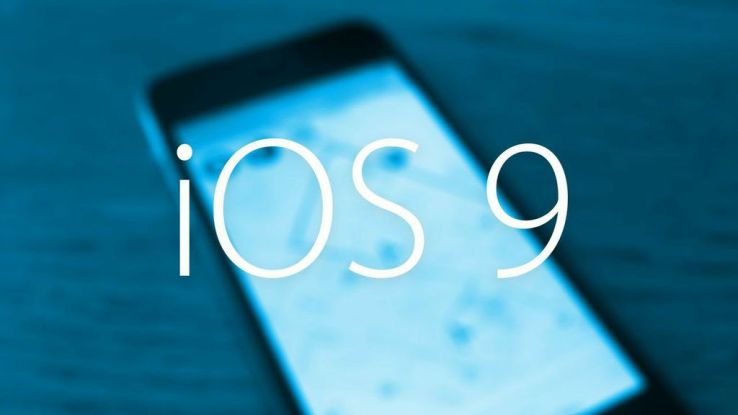 This afternoon, mobile app marketing platform Fiksu unveiled
new data indicating that iOS 9, the next version of Apple’s mobile
operating system, is now being publicly tested. According to the
company’s research, Fiksu says it has now seen 145 distinct IDFAs
(Identifier for Advertisers) in 2015 which hail from iOS 9 devices.
This afternoon, mobile app marketing platform Fiksu unveiled
new data indicating that iOS 9, the next version of Apple’s mobile
operating system, is now being publicly tested. According to the
company’s research, Fiksu says it has now seen 145 distinct IDFAs
(Identifier for Advertisers) in 2015 which hail from iOS 9 devices.The IDFA, a marker used by mobile advertisers, is a way to uniquely identify a device until the point that the user chooses to reset the identifier – something then serves as the mobile equivalent to clearing a web browser’s cookies. Because it’s possible to reset the IDFA, Fiksu can’t be sure that it spotted 145 distinct devices. However, it’s likely, because resetting the IDFA is not really a common activity.
92% of these iOS 9 devices (or 134 devices) have been spotted in the U.S. Meanwhile, 2 others were seen in China, 2 more in the Czech Republic, and 1 each in several more countries. The tiny numbers of devices in other places could indicate that Apple has only begun to look at how the new OS behaves in different international settings.
63% of the devices are iPhone 6 or 6 Plus’s, 12% are iPad Air 2’s, 12% are iPhone 5s devices, and 13% are “everything else,” including the iPhone 4s, 5 and 5c and the iPad 4, Air, mini 2 and mini 3.
It’s worth noting that Fiksu’s findings back up that of another recent report of iOS 9 devices appearing in several websites’ analytics software.
Just a few days ago, a tech writer named Roman Zavrel contacted the blog Macworld after seeing that versions of the iOS 9 operating system were showing up in his web analytics. He had seen three visits from iOS 9 devices during the month of January, he told them. Macworld then looked into its own analytics and found something similar – it had recorded 10 pageviews from devices running iOS 9.x over the past few months, they said.
Shortly after, however, AppleInsider also confirmed seeing iOS 9 traffic growing on its site for over a month.
Additionally, it’s pretty trivial to change the “user-agent” string on a desktop browser to report something different. On mobile, it’s not as easy, which means Fiksu’s data is more believable.
Fiksu’s data offers a little bit more insight into what these reported testers are doing on their devices, noting that 71% of app events recorded came from Social Networking applications, while 16% were games, 5% were Lifestyle apps, 3% were Fitness apps and the remaining 5% were “other” applications that didn’t fall into any of the preceding categories.
Also of interest, the first iOS 9 event Fiksu found in its database came in on September 20th – only three days after iOS 8 was released, the company said. That lines up with Macworld’s analytics data – it, too, was recording iOS 9 visits fairly early on. The blog site said its first iOS 9 visit came back in October 2014, in fact.
Apple typically announces new versions of its iOS software at its WWDC conference in June, so if it sticks to this schedule, we could be hearing more about the new OS later this summer.